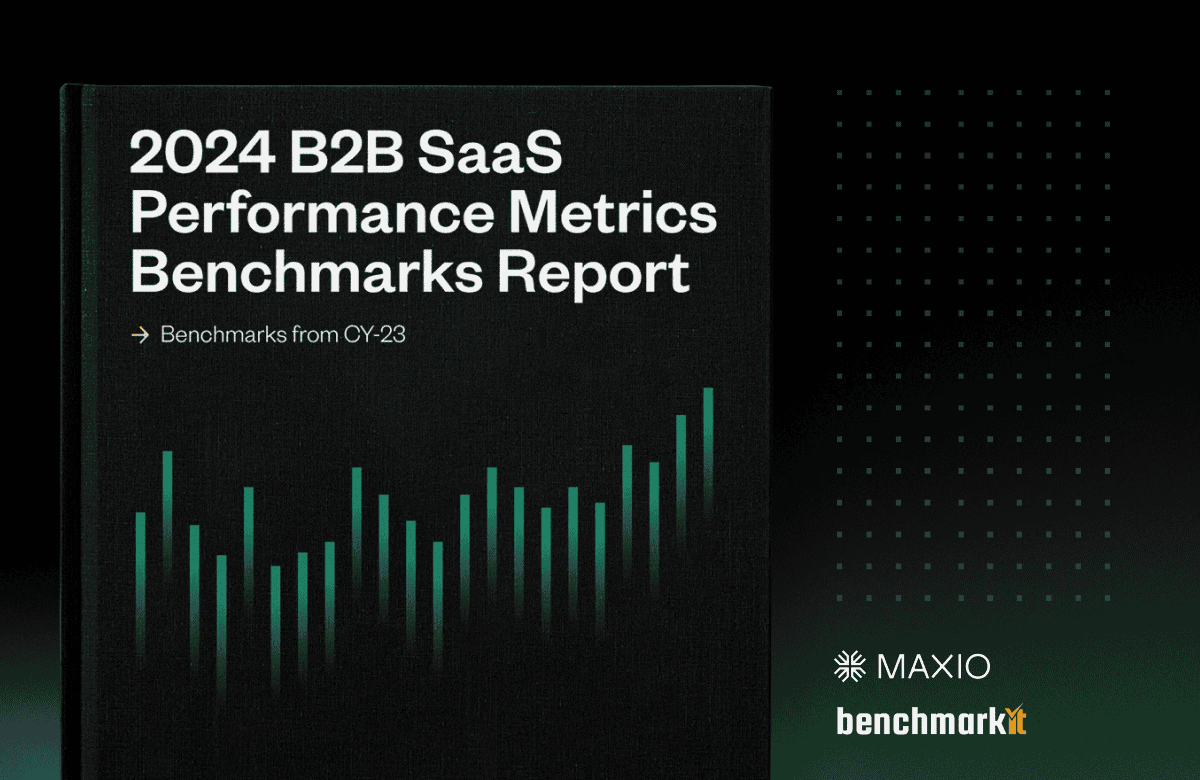Product led growth (PLG) is emerging as a powerful GTM model for today’s SaaS players, and it’s easy to see why. We usually think of successful B2B SaaS companies as growing 30% to 40% per year, but some PLG companies are now soaring to new heights, achieving growth rates of 100% or higher. And many of these PLG companies are achieving this growth with lower relative CAC compared to sales-led growth companies.
Companies that can show off that kind of growth are much more attractive to investors and boast sky-high valuations. Take a look at Atlassian, which was bootstrapped in 2002, and famously had no sales team. They achieved an almost $5 billion valuation.
A recent report from Gainsight and RevopsSquared found that 58% of SaaS businesses had a PLG model in place, and 91% were planning to increase their PLG investments.
Still, using a PLG model brings challenges, too. Recently, I met with Technology & Services Industry Association chief Thomas Lah for an episode of his popular TECHtonic podcast, and we dug into the key things today’s SaaS businesses need to do in order to unlock the power of PLG.
Stay flexible to drive growth
For early-stage SaaS companies, achieving disciplined growth means striking a balance between flexibility and complexity: scaling monetization strategies without sacrificing the ability to pivot quickly in an ever-changing market.
That’s where product-led growth comes in. PLG drives growth by bridging the gap between free trials and robust customer engagement. Instead of closing sales-negotiated contracts to bring in new revenue, product-led companies give their customers a easier point-of-entry into their product and can upsell them over time.
However, adopting a product-led motion can be challenging, especially if you’ve previously optimized financial operations around a sales-led strategy.
For SaaS businesses, the key to driving expansion is alignment around your GTM strategy. Especially when implementing PLG, all employees must recognize the importance of reducing friction, shortening the path-to-value for customers, and leaning into PLG to unlock scalable growth.
Empower your sales team
To succeed with a PLG strategy, your sales team should be some of your biggest advocates. With a well-managed PLG function, your product (with the help of supporting software and analytics) effectively tells you who’s using which parts of your product. That’s a data gold mine for your sales team. They can reach out precisely when a customer is most receptive, armed with customer-specific usage data to inform their pitch and help them craft a compelling and customized ROI thesis designed to boost sales, retention, and upsell opportunities.
An old CEO once told me “happy customers buy more stuff.” The customers you win through PLG will become your most loyal, as they’ve already ensured your products and features align with their real-world use cases. Trust me, these self-selected customers (who are getting a lot of proven value from your product) will be eager to learn about premium options or other products your company offers in the future.
Move fast without losing control
I used to fly fighter jets in the Navy. Those things go fast—really fast. The key to staying alive while flying an A6E Intruder at 500 MPH and 200 feet above the ground (at night) is keeping focused on the instruments. You don’t go with your gut when flying a jet. The radar which tells you where the mountains are, so you can fly safely through the valley.
Today’s high-growth SaaS companies need a “growth radar” to stay laser focused on the goal.The more focus you bring into your company, the faster you can move without the risk of crashing and burning.
For SaaS companies, a FinOps stack is the radar that lets you soar and dominate the airspace while staying fully in control. By tracking the right KPIs in real time, you can manage your sales-led and product-led functions to optimize for sustainable growth and keep your whole team flying in the same direction.
Want more insights on the productled vs. sales-led debate? Check out our recent ebook, Sales-Led or Product-Led – Which is Best for Your SaaS?, to learn more.



